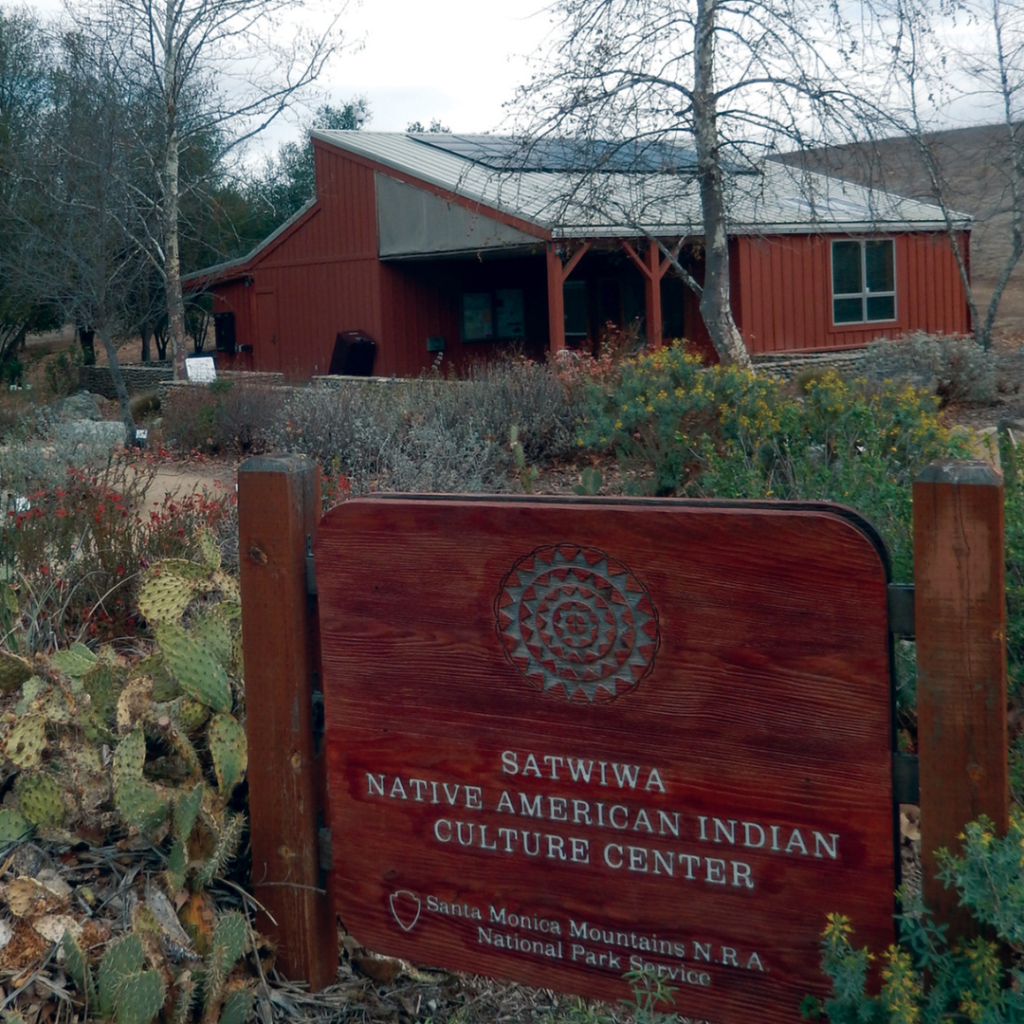
The Culinary Tapestry: Restaurants Near Native American Cultural Centers as Gastronomic and Educational Hubs
Native American cultural centers, encompassing museums, heritage sites, tribal interpretation centers, and living history villages, serve as vital institutions for the preservation, education, and celebration of Indigenous cultures across North America. These centers are not merely repositories of artifacts but dynamic spaces that foster understanding of the rich histories, diverse traditions, and contemporary experiences of Native peoples. An often-overlooked yet increasingly significant component of the visitor experience, and indeed of the broader cultural ecosystem surrounding these centers, is the array of restaurants and culinary establishments in their vicinity. These dining venues transcend their primary function of providing sustenance, evolving into multifaceted platforms for cultural exchange, economic development, and the revitalization of Indigenous foodways.
The relationship between Native American cultural centers and proximate dining establishments is complex and layered, reflecting various degrees of affiliation, culinary focus, and socio-economic impact. This relationship can be broadly categorized into three principal types: on-site or affiliated restaurants, independently owned Indigenous restaurants, and general local eateries. Each category contributes uniquely to the visitor experience and the broader discourse surrounding Indigenous culture.
On-Site and Affiliated Culinary Establishments: Direct Cultural Immersion
Many prominent Native American cultural centers host their own dining facilities, often directly managed by the institution or a tribal entity. These on-site restaurants are meticulously designed to complement the educational mission of the center, offering visitors an immersive culinary experience that directly engages with Indigenous foodways. A prime example is the Mitsitam Café at the National Museum of the American Indian (NMAI) in Washington, D.C. "Mitsitam," meaning "Let’s Eat!" in the Piscataway and Delaware languages, offers a menu inspired by the diverse culinary traditions of five distinct Native American regions: Northern Woodlands, South America, Northwest Coast, Meso America, and Great Plains. Dishes feature traditional ingredients like corn, beans, squash, wild rice, bison, and venison, prepared with both ancestral techniques and contemporary culinary artistry.

Similarly, the Pueblo Harvest Cafe at the Indian Pueblo Cultural Center (IPCC) in Albuquerque, New Mexico, showcases the ancient flavors of the 19 Pueblos of New Mexico. Their menu emphasizes Indigenous ingredients, often sourced from local Pueblo farms, and incorporates traditional cooking methods such as horno (adobe oven) baking. These affiliated restaurants are critical for several reasons: they provide an authentic and educational culinary experience, generate revenue that often supports the center’s programs, and create employment opportunities for tribal members, thereby contributing directly to tribal economic sovereignty. They function as living exhibits, demonstrating the enduring vitality and adaptability of Indigenous food cultures.
Independently Owned Indigenous Restaurants: Economic Empowerment and Culinary Revitalization
Beyond the immediate confines of cultural centers, a growing number of independently owned and operated Indigenous restaurants are emerging in communities near these sites. These establishments, often spearheaded by Native chefs and entrepreneurs, play a crucial role in promoting Indigenous foodways within the broader culinary landscape. Unlike on-site facilities that might cater primarily to museum visitors, these independent restaurants often serve both local Native communities and a wider public, acting as cultural ambassadors through their cuisine.
The rise of the "Indigenous food movement" has provided significant impetus for these ventures. Chefs like Sean Sherman (Oglala Lakota), founder of The Sioux Chef and Owamni in Minneapolis, have championed the decolonization of diet, focusing on pre-colonial ingredients and culinary techniques. Their work, though not always directly adjacent to a cultural center, exemplifies the broader movement that cultural centers often interpret and support. These restaurants prioritize indigenous ingredients, often through direct relationships with Native farmers and foragers, and aim to tell stories through food, connecting diners to the land, history, and community of Indigenous peoples. They face unique challenges in sourcing and educating the public about less familiar ingredients, but they also represent a powerful form of cultural self-determination and economic resilience. By supporting these businesses, visitors contribute directly to the economic empowerment of Native communities and the perpetuation of Indigenous culinary knowledge.
General Local Eateries: Enhancing the Visitor Ecosystem
While not directly affiliated with or focused on Indigenous cuisine, the general array of restaurants in towns and cities surrounding Native American cultural centers also plays an indirect, yet important, role. These establishments provide convenient dining options for visitors, catering to diverse palates and preferences. From fast-casual to fine dining, they form part of the broader tourism infrastructure that supports cultural centers. In regions with strong local culinary identities, such as the American Southwest, even non-Indigenous restaurants might inadvertently incorporate ingredients or flavors that have deep roots in Native American foodways (e.g., Hatch chiles, blue corn, regional game). While they may not offer an explicitly "Indigenous" culinary experience, their presence ensures that visitors have a comprehensive and comfortable experience, encouraging longer stays and repeat visits to the cultural center.
The Significance of Indigenous Cuisine: A Historical and Contemporary Perspective
To fully appreciate the role of these restaurants, one must understand the profound significance of Indigenous cuisine itself. Prior to European contact, Native American diets were remarkably diverse, sophisticated, and sustainable, reflecting a deep ecological knowledge and adaptive agricultural practices. Staples like corn, beans, and squash (the "Three Sisters") formed the basis of many diets, complemented by a vast array of wild game, fish, berries, roots, and herbs. These food systems were not merely about sustenance; they were intricately woven into spiritual beliefs, social structures, and ceremonial practices.
The arrival of European colonizers brought dramatic shifts. The introduction of new ingredients (wheat, sugar, dairy, beef) and, more devastatingly, the disruption of traditional hunting grounds, agricultural lands, and foodways through forced displacement and assimilation policies, led to a decline in traditional diets. The subsequent reliance on government-issued "commodity foods" further exacerbated health issues and severed connections to ancestral food knowledge.

The contemporary Indigenous food movement, championed by cultural centers and Native chefs alike, is a powerful act of decolonization and revitalization. It seeks to reclaim and celebrate pre-contact ingredients and cooking methods, emphasizing health, sustainability, and cultural identity. This movement not only educates the public about the richness of Indigenous culinary heritage but also addresses contemporary issues such as food sovereignty, diet-related health disparities, and environmental stewardship within Native communities. Restaurants, particularly those focused on Indigenous cuisine, become crucial sites for this revitalization, allowing visitors to taste history and engage with living traditions.
Economic, Educational, and Social Ramifications
The presence and character of restaurants near Native American cultural centers carry significant economic, educational, and social ramifications:
-
Economic Development: Restaurants, especially those tribally owned or Indigenous-led, create jobs, generate revenue, and foster economic self-sufficiency within Native communities. They support local Indigenous farmers and producers, creating a sustainable supply chain that benefits the entire community. This economic activity diversifies tribal economies beyond gaming or natural resources, providing stable and culturally relevant employment.
-
Cultural Preservation and Education: Food is a universal language and a powerful medium for cultural transmission. Restaurants offering Indigenous cuisine provide a sensory and experiential gateway into Native cultures. They allow visitors to taste the flavors of ancestral lands, learn about traditional ingredients, and understand the historical and contemporary narratives embedded in food. This direct engagement can be more impactful than text or exhibits alone, fostering a deeper appreciation and understanding of Native American heritage.
-
Challenging Stereotypes: Indigenous cuisine often counters pervasive stereotypes about Native American culture, which often depict it as static or relegated to the past. By showcasing innovative and diverse culinary expressions, these restaurants demonstrate the vibrancy, adaptability, and modernity of Native cultures, highlighting the continuous evolution of traditions.
-
Community Building and Health: For Native communities, these restaurants can serve as gathering places, reinforcing cultural bonds and providing a space for shared heritage. The emphasis on traditional, often healthier, ingredients also contributes to discussions around food sovereignty and addressing health disparities that disproportionately affect Native populations.
Challenges and Opportunities
Despite their growing importance, restaurants focused on Indigenous cuisine face challenges. Sourcing authentic pre-contact ingredients can be difficult due to limited commercial availability and established agricultural systems. Educating a broader public, often unfamiliar with Indigenous ingredients or culinary concepts, requires sustained effort to overcome misconceptions and foster an adventurous palate. Financial sustainability for independent Indigenous restaurants can also be precarious, requiring robust business models and community support.
However, these challenges are met with significant opportunities. There is a burgeoning global interest in authentic, sustainable, and culturally rich dining experiences, positioning Indigenous cuisine for wider recognition. Collaborations between cultural centers, Indigenous chefs, academic institutions, and food producers can further expand the reach and impact of Indigenous foodways. Digital platforms offer new avenues for sharing recipes, stories, and culinary knowledge, reaching audiences far beyond the physical proximity of cultural centers.
In conclusion, restaurants near Native American cultural centers are far more than mere dining establishments. They are integral components of a holistic cultural experience, acting as dynamic interfaces where history, tradition, and innovation converge. Whether on-site, independently owned, or part of the broader local culinary scene, these establishments contribute significantly to economic empowerment, cultural preservation, and educational outreach. As the Indigenous food movement continues to gain momentum, these restaurants will undoubtedly play an even more pivotal role in shaping public understanding, fostering cross-cultural dialogue, and celebrating the enduring legacy and future vitality of Native American cultures through the universal language of food.


